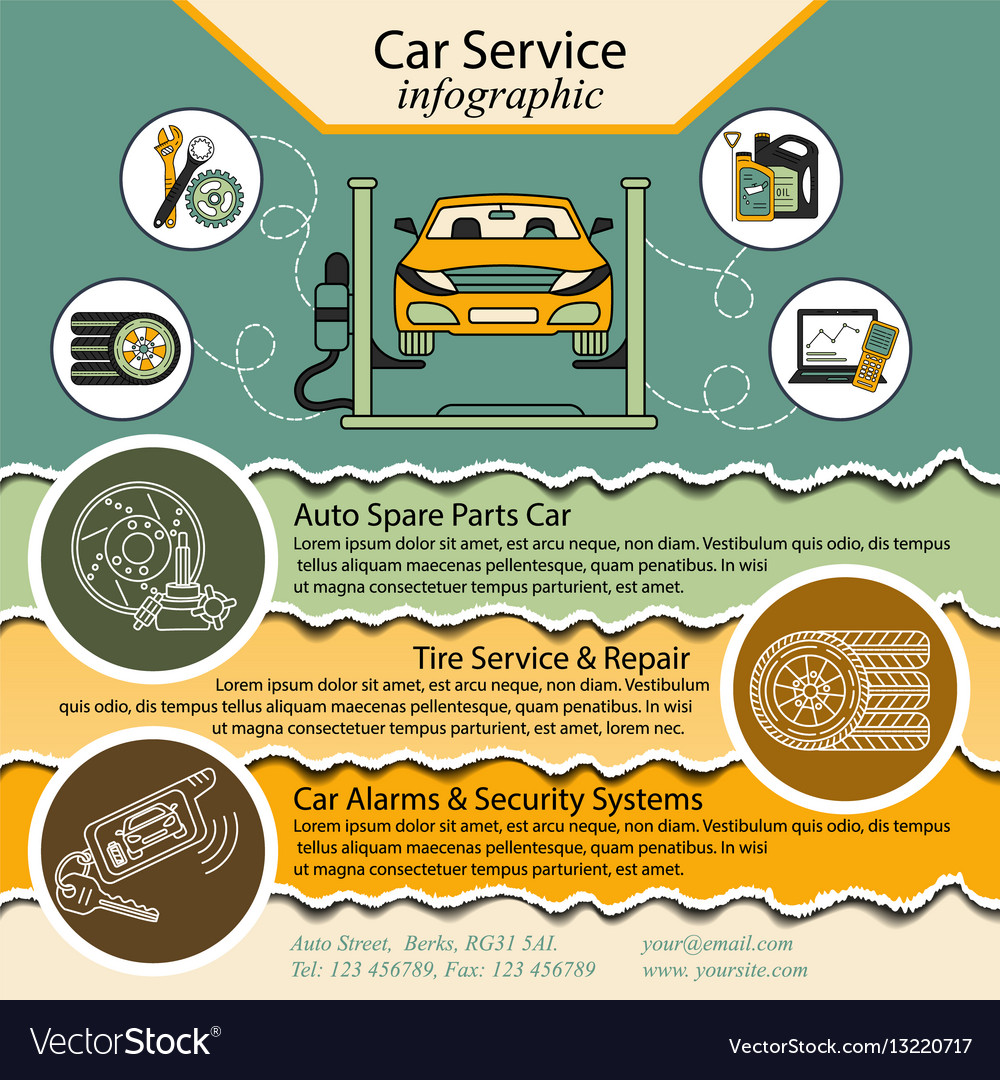Why Regular Tire Upkeep Issues: A Thorough Approach To Tire Evaluation And Rotation
Why Regular Tire Upkeep Issues: A Thorough Approach To Tire Evaluation And Rotation
Blog Article
Content Composed By-Cardenas Bondesen
Guaranteeing your tires remain in top condition is greater than just a regular job-- it's a security essential for every trip you embark on. From keeping correct air pressure to evaluating for wear and tear, the health of your tires straight impacts your lorry's performance and your health on the road. Yet what are the essential actions to take to maintain your tires in prime form? Let's check out the crucial elements of tire maintenance that you shouldn't overlook.
Advantages of Regular Tire Upkeep
Normal tire upkeep provides a variety of benefits that can enhance your driving experience and guarantee your safety on the road. By keeping your tires properly pumped up, you boost fuel efficiency, saving you money at the pump.
Properly maintained tires also provide better traction, lowering the threat of accidents, especially during severe weather. Appropriately straightened and balanced tires lead to a smoother trip, decreasing vibrations and enhancing total automobile handling.
Frequently turning your tires advertises even step wear, prolonging their lifespan and saving you from early replacements. Furthermore, keeping automotive paint services can stop blowouts and apartments, reducing the chances of unexpected malfunctions when traveling.
Tire Evaluation Standards
When evaluating your tires, it's important to take note of numerous crucial aspects to guarantee they're in ideal condition for secure driving. Begin by examining the tire pressure using a pressure gauge to ensure it matches the maker's recommended level.
Evaluate the step depth by positioning a penny upside-down right into the step grooves; if you can see all of Lincoln's head, it's time for new tires. Look for any type of indicators of uneven wear, which might suggest alignment issues or incorrect inflation.
Check for cuts, bulges, or fractures on the tire sidewalls, as these can cause blowouts. In addition, examine the tire shutoffs for damages or leaks. Keep in mind to check all four tires, including the extra if applicable.
Correct Tire Rotation Techniques
To make certain also use and expand the life-span of your tires, it's essential to comply with appropriate tire turning methods. Routine tire turning aids distribute put on uniformly across all 4 tires, advertising longer tread life and enhancing overall efficiency. Begin by inspecting your vehicle's handbook for the recommended turning pattern. Typically, front-wheel-drive, rear-wheel-drive, and all-wheel-drive cars have various rotation patterns to make up differing wear patterns.
For many cars, the suggested tire turning period is every 6,000 to 8,000 miles, however this might vary, so it's crucial to consult your manual.
When revolving your tires, swap the front tires with the rear tires, relocating the left back tire to the left front position and vice versa. Remember to additionally go across the rear tires to the contrary sides when relocating them to the front. https://riverhbvqj.bloggerswise.com/36664293/brake-system-fundamentals-acknowledging-usual-mistakes-and-fixing-them yet effective rotation strategy aids make certain that all tires wear uniformly, maximizing their life expectancy and maintaining ideal efficiency.
Final thought
Make sure to prioritize routine tire maintenance to keep your automobile running smoothly and securely. By following straightforward assessment standards and proper turning techniques, you can expand the life-span of your tires, enhance gas effectiveness, and improve overall efficiency when traveling. Do not overlook the relevance of caring for your tires - it's a tiny initiative that can make a big difference in your driving experience.
